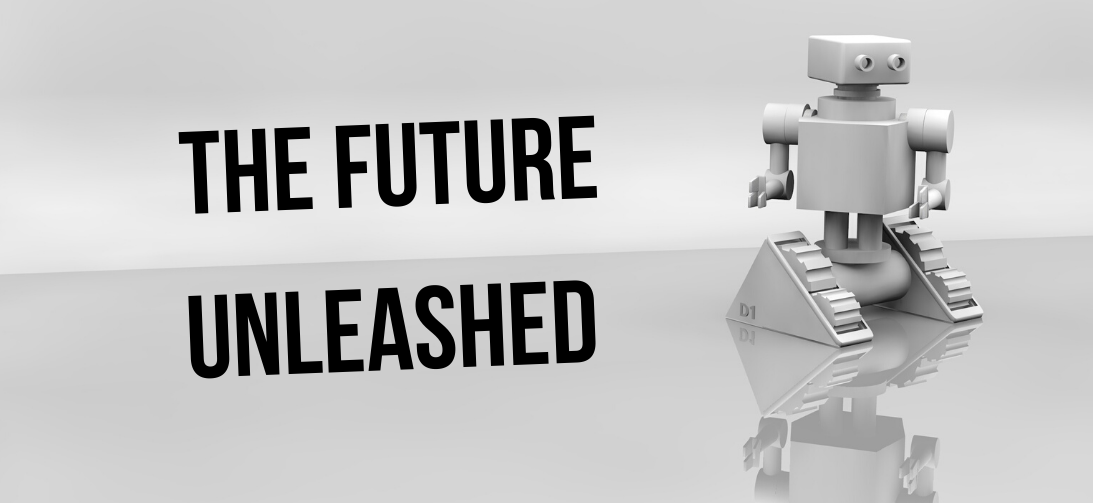Enterprises jump into the digital transformation bandwagon to cope with the relentless digitisation. But digitisation is costly. Many enterprises that commit to digital transformation without an eye on costs. They soon become stressed financially. Here are the financial traps to avoid when committing to digital transformation.
Trap # 1: Being nice to everybody
Digital transformation is, in essence, investing in new technology. Several departments have new requests, but not everything will be viable from a financial standpoint. Cost-effective digital transformation requires prioritisation and denial of unviable requests.
Tech investments bear fruit only if it streamlines processes or unlock tangible value. Consider:
- The value added by any IT spend, especially the impact of such spend on the value chain and customer satisfaction. Consider ROI as the major yardstick when prioritising IT spending.
- How the new technology aligns with business goals. Digital adoption succeeds when adopted as part of the greater organisational strategy.
- Impact on the customer. Identify how any IT spend benefits the end-customer, such as reducing wait time or delivering better quality services. As a general rule, any spend that does not benefit the customer is a spending trap.
Investing in technology because the new technology is the “in-vogue” thing is a big trap. The enterprise may spend considerable energy and cost to go through the learning curve of the new technology. But they soon find out the new technology does not suit them.
Trap #2: Letting CFOs dictate spend
In many enterprises, the CFOs dictate IT spending and make decisions that do not match the reality of how IT works. CFOs may, for instance, view their IT spending as higher than peer companies and decide to cut down the IT budget. Or they may choose to invest in a project that may not be the topmost priority.
The onus is on the CIO or the IT leader to avoid such traps. They need to work with the CFOs and:
- Get a holistic view of the total cost of ownership.
- Identify the business standpoint of IT spend decisions
- Articulate the priorities from the IT and technician point of view.
- Quantify the ROI and benefits of new investment proposals.

Trap #3: Not having a grasp of the resource consumption
One of the biggest spending traps is spending without keeping track of consumption. Even when investment in a new technology is essential, a haphazard implementation might dampen the benefits.
- Monitor usage. Without monitoring resources, the enterprise pays for things they don’t use. For instance, if a developer working in the cloud does not log out of the servers, it keeps on running, accumulating costs. Similarly, not switching off servers commissioned for specific projects, it accumulates costs. Such costs resemble turning on a water tap and forgetting to close it.
- Optimise usage. Identify who uses what resources, when they use the resources, and how they use them. Over time, a pattern develops, making optimising resources easier without impeding convenience productivity. For instance, the IT team may scale up resources during traditional peaks and scale down during traditional troughs.
- Consolidate. Understand the cost structures, and identify ways to optimise them. For instance, a cloud server audit sets the stage to consolidate servers and shut down excess, unneeded capacity.
Trap # 4. Going overboard with automation
Automation is a rage. Several enterprises invest left, right, and centre in automation. But automation is also expensive. Several automation projects fall by the wayside, as the enterprise did not fix the project scope or ran out of funds.
- Prepare a specific use case before committing to the automation project. Run the use case through line managers and rank-and-file. If automation is too disruptive, it will fail.
- Prioritise. It is not viable to automate everything. For instance, automated chatbots work wonders in addressing routine customer queries. But deploying chatbots for advanced tasks is complex and cost-intensive. Customers with a unique case might end up in an endless loop with the chatbot, annoying them.
- Make a cost-benefit analysis. Machine Learning algorithms are wonderful tools but very costly and complex to develop and run. Make sure the ROI from the investment is worth it before committing to the same. Also, it requires considerable investment to cleanse data to train the algorithms.
Trap # 5. Impulsive shopping
Impulsive shopping is a big trap in personal finance. The same applies in the corporate spheres as well. CIOs and other managers empowered with spending budgets often make impulsive purchases. Being nimble and taking quick decisions is a virtue in today’s fast-paced world. But not always so when making financial commitments that have enormous implications.
- Make a thorough need-evaluation before committing to the purchase. Ideally, run the proposal through a committee
- Make sure no alternatives exist to a purchase. For instance, consolidating servers may suffice instead of adding new servers.
Avoid cost-saving blunders
Last but not least, avoid cost-saving blunders. All enterprises cut costs during times of financial uncertainty. But cost-cutting with little thought often ends up as a mistake and does more harm than good.
Targeting big-ticket items: Most enterprises target big-ticket budget items, such as firing the highest-paid executives or cutting down on an expensive VPN subscription. Cutting such expenses may make the bottom line look better in the short term but leads to more expenses down the lane. The big-ticket items grew to become big-ticket expenses for sound reasons. For instance, laying off the most expensive talent cuts costs in the short term but reduces the enterprise’s main strengths. The enterprise will soon pay more owing to the inefficiencies and by outsourcing tasks handled by the talent. Likewise, a blanket ban on overtime may hamper a high-volume sales campaign.
Accumulating tech debt: Not modernising the tech stack on time creates tech debt that pulls the enterprises down. Running legacy systems becomes more and more expensive over time. Enterprises spend more to keep legacy systems running and eventually spend on the upgrade, anyway. Worse, the slow and bloated legacy systems in the interim annoy the customer.
Cutting customer costs: Cutting back on services for customers is a sure way of shooting oneself in the foot. Customers soon leave for competitors who place the customer as the central focus. There is no shortcut to facilitating an easy, frictionless experience for customers. Brand loyalty becomes more important than ever before during tough business times. For instance, customers flock to businesses that allow them to reach them effortlessly. They loathe enterprises with complicated phone trees and long wait times.
Consider value and risk when making cost-management decisions. The value added by a cost centre often depends on a complex network. Take a cost optimization approach that delivers long-term value and immediate spending efficiency. Also, consider the unintended consequences. For instance, cutting down on a critical resource may damage the brand’s reputation. Evaluating the value chain helps to identify and eliminate non-value-adding spends without collateral damage.
You can also check this blog, “Combining RPA, Analytics, and AI to Accelerate Digital Transformation“, to learn more about Digital Transformation.












